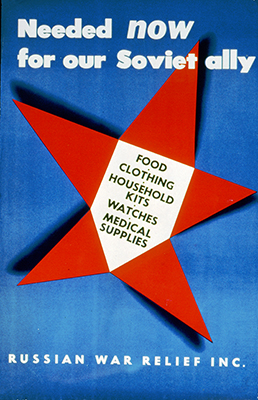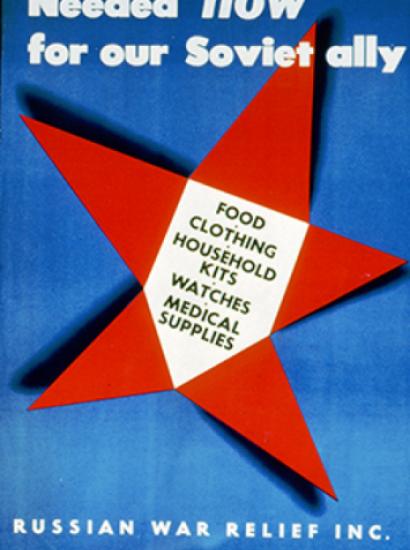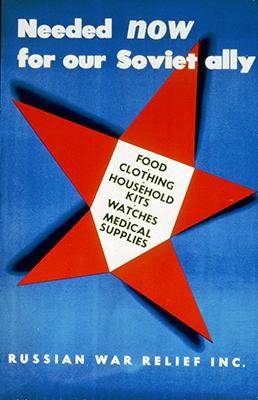- History

In his famous 1947 “Long Telegram” and subsequent Foreign Affairs article, George Kennan described what he thought was the “political personality of Soviet power.” It was an effort at what he called a “task of psychological analysis” to discern a “pattern of thought” and the “nature of the mental world of the Soviet leaders.” If Soviet “conduct is to be understood”—and, as a matter of American strategy, “effectively countered”—it required not only a grasp of the principles of Soviet ideology but the effects of “the powerful hands of Russian history and tradition.” Kennan thus argued that Josef Stalin and other Soviet leaders saw international politics and the struggle for power through a unique set of lenses, lenses that might filter and distort even nature’s purest colors and shapes. It mattered less what wavelengths objects reflected than what wavelengths appeared to Russian eyes.
Kennan’s analysis described Russian “strategic culture,” that is, a set of deeply ingrained ideological, political, military, and even institutional habits and practices that color strategic decision-making and supreme command. He viewed Soviet behavior not as a break from past history, but as old Russian wine in new bottles. If that was true in 1947, and strategic culture is a slow-to-change thing, why not now?
In fact, Vladimir Putin projects the Russian “political personality,” as defined by Kennan, with greater verve and vigor than either his late-Soviet or post-Soviet predecessors. He is determined to restore Russia’s lost greatness. Like the empire-building tsars, he is obsessed both with rebuilding a Eurasian sphere of influence from Germany to the Pacific, and with the convincing image of global power. Perhaps most of all, he has no interest—or belief—in win-win outcomes; power is, for Putin, a zero-sum game.
Like Russia, America is possessed of an international “political personality,” though it is near the polar opposite of Russia’s. Since World War II, the United States has been committed to maintaining a favorable balance of power across the important theaters of Eurasia—Europe, the Middle East, South and East Asia—and the unfettered ability to project military power and trade along the sea, air, space, and cyberspace lines of communication that link theses centers of power; and to prevent a hostile hegemon from interfering with this project. We regard this very much as a “win-win” system, in that it also ensures the security, liberty, and prosperity of others.
In sum, it would be hard to define two less-well-suited strategic partners than Russia and America. Nevertheless, our recent presidents have regularly proposed such a partnership to leaders in Moscow. The most promising period was the late Gorbachev era, as the Soviet empire imploded; the Russians turned their backs on Saddam Hussein, their longtime client, exposing his regime to the slow but inevitably untender mercies of the United States. Still, the soul-gazer George W. Bush and the “more flexible” Barack Obama “reset” relations many times, despite actual Russian invasions of Eastern European borderland states. Putin-bro Donald Trump, as always, says he wants to make a deal.
And also as always, this sort of “engagement” is thought to be “realism” as understood in the political science academy and among many in the pundit class. Russia is a large and powerful state, a nuclear state, with expansive security interests; as such it deserves a “sphere of influence”—despite what its neighbors or others, including Americans, might think. Nor does the character of the Russian regime really mean anything. And certainly the risks and potential costs of standing athwart Putin are not worth it. Who wants to die for the Donbass?
As the Cold War developed, George Kennan recoiled from the conclusions and policies his portrait of the Russian political personality elicited from the Truman Administration and its successors. Ironically, the astute analyst of Russian strategic culture found comfort in a Realist retreat from confrontation with the Soviet Union. But his original insight was made of more durable fiber and remains strong now: the prospects for liberal change in Russia likely are receding, at least within any time horizon relevant to American strategy-making. Russia’s well-catalogued demographic, economic, and domestic political problems have yet to have a significant, discernable impact on the Putin regime, and the Macho Man of Moscow looks pretty good when he takes his shirt off. Or put it this way: neither the catastrophic suffering of the Stalin years or World War II, nor the collapse of a 400-year Eurasian empire appears to have changed Russian strategic habits.
Of course, the United States must “engage” with Russia—we certainly cannot afford to ignore it. But realism in engagement will almost always mean confrontation, including military forms of confrontation: arms sales, proxy wars, private wars that kill actual Russian “contractors.” The difference this time is the Russia contest is no longer the only or even most important shadow of cold war; we have Iran and China, at least, to think about as well. Nonetheless, Clausewitz’s dictum still applies: we must see the Russia conflict as it truly is.















